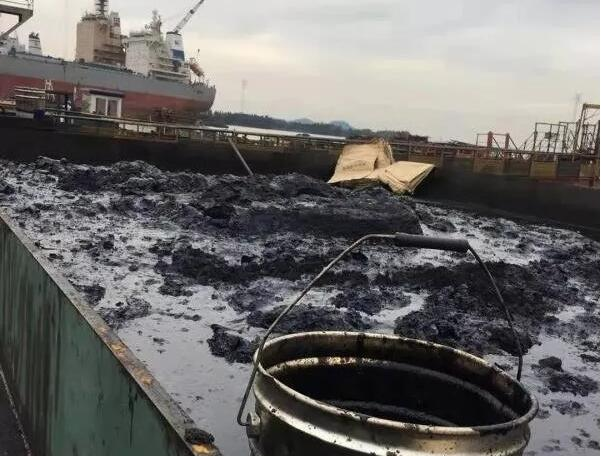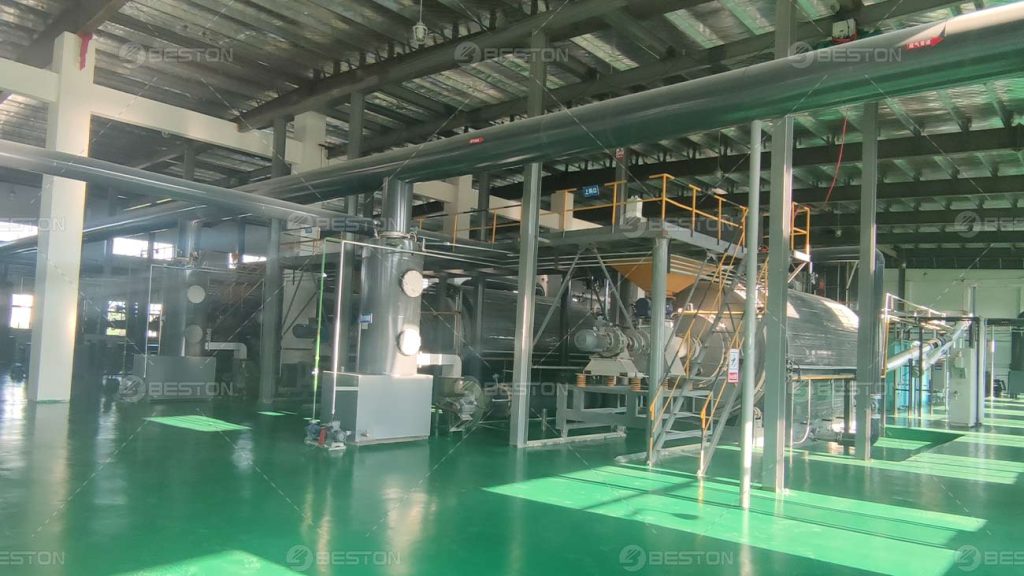The intricate landscape of environmental policies and regulatory frameworks governing oil sludge pyrolysis plant operations plays a pivotal role in shaping the sustainable trajectory of the energy industry. As the imperative for eco-friendly practices intensifies, scrutinizing the intersection of governmental mandates and technological advancements becomes essential.
Regulatory Landscape
In recent years, a surge in global concern over environmental degradation has prompted governments to enact stringent regulations governing industrial processes, particularly those involved in oil sludge management. The deployment of oil sludge pyrolysis plant, an innovative technology designed to convert hazardous waste into valuable resources, falls within the purview of these regulatory measures.

Environmental Compliance and Technological Innovation
The convergence of environmental compliance and technological innovation forms the crux of regulatory initiatives surrounding oil sludge pyrolysis. Governments worldwide are cognizant of the dual benefits offered by these plants – not only do they mitigate the ecological impact of oil sludge, but they also yield valuable by-products such as oil and carbon black.
Key Policy Considerations
Emission Standards and Air Quality
One of the primary focal points of oil sludge pyrolysis plant regulations lies in setting stringent emission standards. Authorities mandate the implementation of cutting-edge emission control technologies to ensure that the process aligns with prescribed air quality standards. Oil sludge pyrolysis must not only be a solution to waste management but also a contributor to air purity.
Waste Handling and Disposal
Regulations governing oil sludge pyrolysis invariably address the intricacies of waste handling and disposal. Stringent protocols dictate the proper containment, transportation, and ultimate disposal of the residual materials post-pyrolysis. This comprehensive approach seeks to prevent any adverse impact on soil and water ecosystems.
Occupational Health and Safety
Ensuring the well-being of personnel engaged in oil sludge pyrolysis plant operations is a paramount concern. Regulatory frameworks mandate the implementation of rigorous occupational health and safety measures, encompassing everything from personal protective equipment to emergency response protocols. The integration of such safeguards guarantees a secure working environment.
International Harmonization
Given the global nature of environmental challenges, there is a growing trend towards international harmonization of policies related to oil sludge pyrolysis. Collaborative efforts among nations aim to standardize regulations, fostering a cohesive approach that transcends geographical boundaries. This harmonization not only streamlines industry practices but also strengthens the collective resolve to combat environmental issues on a global scale.

Technological Advancements and Regulatory Adaptation
The dynamic nature of technological advancements necessitates a regulatory framework that is adaptable and forward-looking. As oil sludge pyrolysis plant technologies evolve, regulators must stay abreast of innovations to enact informed and relevant policies. The synergy between technological progress and regulatory adaptation is pivotal for the sustained growth of this eco-conscious sector.
Smart Monitoring and Compliance
The integration of smart monitoring systems is emerging as a key component of regulatory measures. Real-time data analytics and remote sensing technologies enable authorities to monitor oil sludge pyrolysis operations with precision. This proactive approach to compliance ensures that plants adhere to regulatory standards consistently.
Conclusion
In the intricate tapestry of pyrolysis plant (include oil sludge/tyre/plastic pyrolysis machine) operations, regulatory frameworks serve as the warp and weft, weaving together environmental stewardship and technological progress. Emission standards, waste management protocols, and international harmonization efforts collectively shape an ecosystem where sustainability is not a mere aspiration but an imperative. As the energy industry pivots towards cleaner practices, the synergy between policy evolution and technological innovation will undoubtedly steer oil sludge pyrolysis towards a greener and more sustainable future.